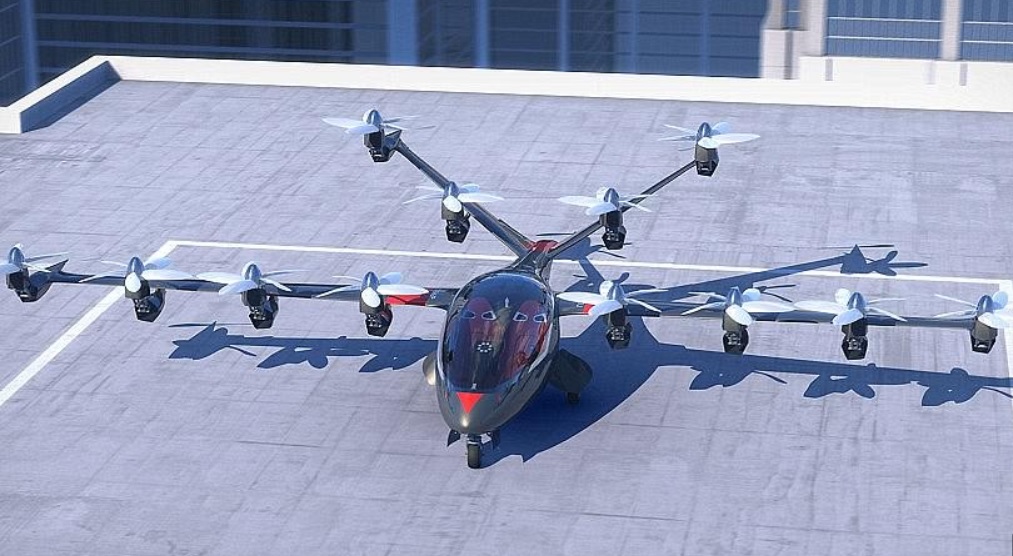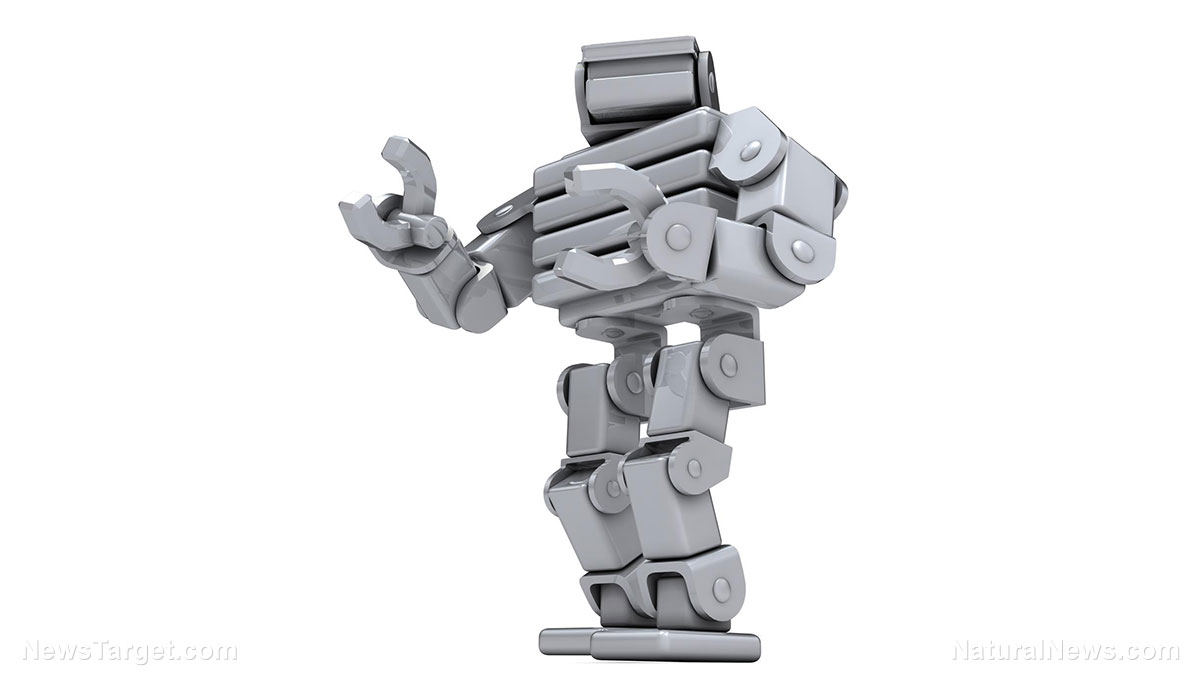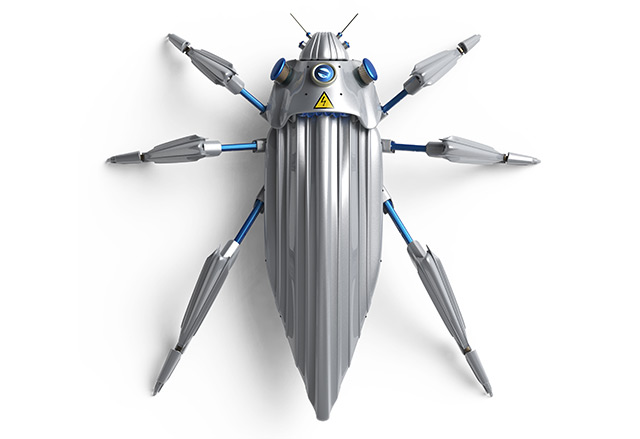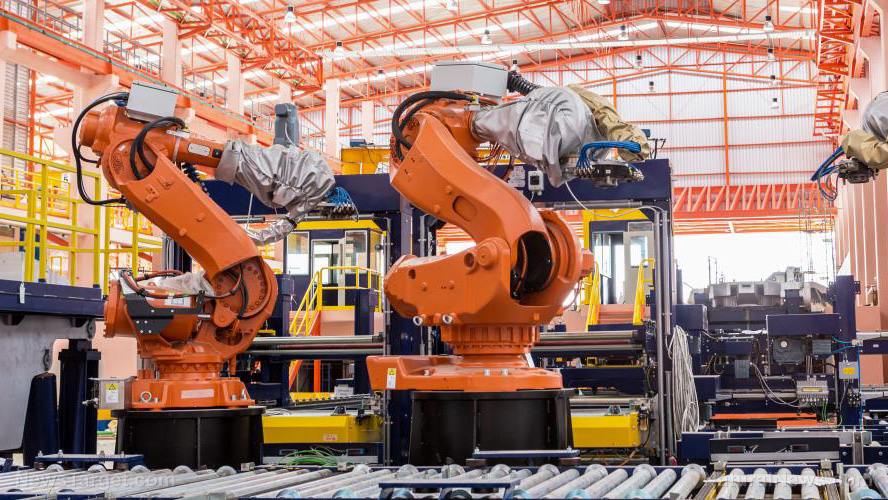China hopes to venture even farther into space with the use of tiny, ant-like robots. The machines would be better suited for space exploration than rovers and, more controversially, people.
Officials tried to kindle the spirit of space exploration among scientists and engineers at a recent conference in Harbin, capital of northeast China’s Heilongjiang Province.
“When exploring the unknown, we should not just follow others. China should be more creative,” Liu Jizhong, director of the lunar exploration program and space engineering center under the State Administration of Science, Technology and Industry for National Defense, told sources.(1)
Overcoming the obstacles of deep space
There are several “how to” problems China should overcome if it wants to be at the forefront of space exploration, such as how to harness more energy, how to go into deep space more quickly, and how to create robots that can cope with the turmoil of space.(1)
China should not be the sole country at the forefront of space exploration, according to Jizhong. He went on to emphasize why China needs more international cooperation with space exploration.
“Exploring space is a great undertaking for the whole of humankind, and China should shoulder its responsibilities as a big country. Through international cooperation, we can learn from each other and jointly contribute,” said Lizhong.(1)
Some Chinese scientists have flirted with the idea of landing a probe on the far side of the moon, which has never been done in human history. China has yet to announce plans to send a probe to the far side of the moon, though the technology is currently under development. Other countries are currently making their own plans to accomplish such a feat.
Exploring the far side of the moon is by no means a small undertaking. It would demand a relay satellite to communicate on the Lagrange point; a position where the gravitational pull of two large masses equals the centripetal force necessary for a small object to move with them.(2)
Lin Yilu, a senior engineer of the Shanghai Aerospace Systems Engineering Institute, claims that a lunar relay satellite will be necessary for future manned missions to the moon and to set up a lunar base.(1)
Manned space exploration versus unmanned space exploration
Whether robots or people should be sent into space is a highly polarized issue in China. Those who oppose manned space flight argue that sending astronauts to the moon and Mars is too expensive. Furthermore, we don’t entertain the risk of killing astronauts by sending robots in their place. Also, a manned mission would have significantly fewer destinations than robots. Last, robots are better able to collect scientific data than astronauts.
International space exploration has been interested in asteroids for a myriad of reason: They could help shed light on the origin of life and the formation of the early solar system. Furthermore, asteroids enabled primate-like mammals to flourish about 65 million years ago with the extinction of the dinosars. Chinese officials have been considering sending a land probe to obtain samples taken from the asteroid.
The problem is probes are not good at coping with zero gravity or navigating through the murky environment of an asteroid. Consequently, officials believe that wheeled robots may be a better way to explore asteroids than space probes.
“Robots with feet can avoid and cross obstacles more easily. We are researching two-feet, four-feet and six-feet robots. It seems that a six-feet robot has more advantages in mobility and flexibility in the complicated environment,” Zhang, a senior CAST engineer, told sources.
Zhang has proposed developing ant-like robots that can work independently and together when exploring asteroids. Such a proposal follows the footsteps U.S., European and Japaneses researchers who are currently developing robots that mirror the behavior of insects, like spiders and ants.
While ant-like robots are currently under development, orchestrating a machine that can adapt to an asteroid’s environment is still light years away.
Sources include:
(1) News.Xinhuanet.com
(2) Space.com





















